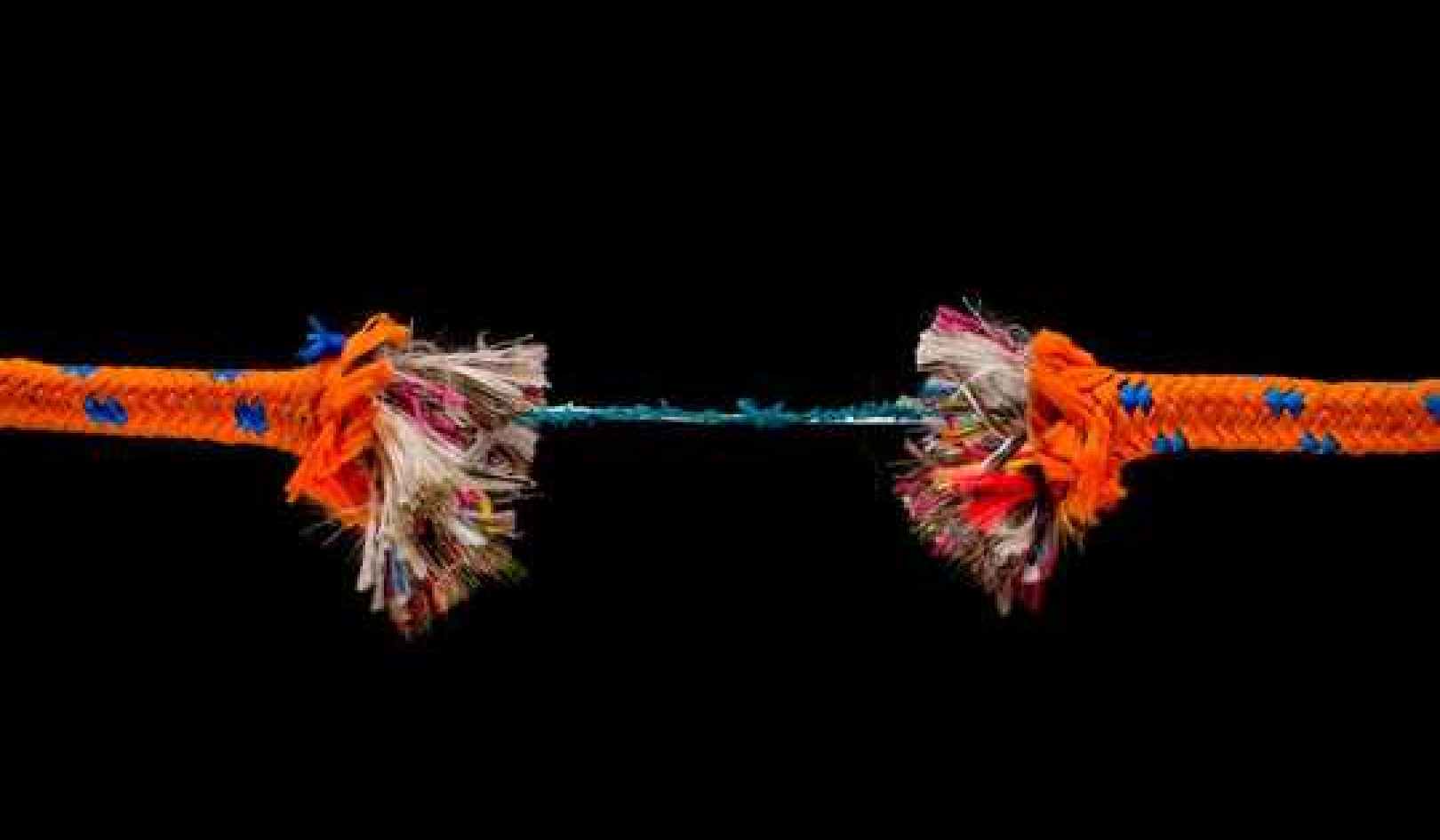
Oh, to be a child again! To find joy in the newness of each day and be in awe of what lies waiting to be discovered.
As researchers, through a case study, we wanted to learn more about the ways one kindergarten class in northern Ontario nurtured curiosity in the outdoors. We invited the kindergarten community including educators, families and teacher candidates to share their experiences with us.
The kindergarten team moved alongside the children to look for evidence or traces of their curiosity and to document this with photos, quotes and video.
The power of documentation is that it invites reflection on moments of learning, and on the theories that children are developing about the world they live in.
It is tremendously validating for children to feel “heard,” to know that what they are curious about is interesting and important.
A snow and water investigation
Through investigating water and snow, this kindergarten community experienced the benefits of learning in the outdoors.
For this group of kindergarten learners, the transformation from winter to spring sparked a noticeable curiosity about water and the children expressed this in different ways.
The children were invigorated by the ever-changing conditions of the outdoors. With all of their senses awakened, they marvelled and made connections to understand themselves in their world.
Tools and loose parts invited the children to explore, problem solve and innovate in social ways.
The children demonstrated a desire to move snow with reused containers, spoons, shovels and donated toboggans. The kindergarten team invited families to contribute to the collection of items.
One child took the lead to shovel the doorways of the school in winter, and to co-ordinate the piling and moving of snow and ice on toboggans to transform their schoolyard playscape.
Over the days and weeks that followed, sparked by making pathways for water outside, groups of children experimented with tubes and marbles, designing like architects and engineers.
Throughout the water investigation, the kindergarten team heard children wonder, question and share their working theories:
“Where is the water coming from?”
“Look how it’s following the pathways! It’s getting stuck over here.”
“Come follow my tracks!”
“I’m using the shovel to make a path in the mud.”
“I can see through the ice…It’s like a window!”
The children expressed curiosity in multiple ways. Some chose to study the water closely with puzzled expressions, some shared a flurry of questions about water while others stomped and splashed with wild abandon.
One child with rubber boots, teetering on the edge of fascination, dipped a toe at the edge of a puddle, crunching the frozen edge delightedly.
The kindergarten team observed the children investigating with persistent fascination about how they live and interact with water, how it changes state and how it flows.
Educators help children make connections
Energized by their pervasive curiosity with melting snow, water, pipes and flooding (indoors and out!), the children were guided by their interests, and the educators named the learning that revealed itself through this journey.
“I noticed that the students were more engaged because the learning was connected to something in the real world.” (teacher candidate)
The kindergarten team selected books that honoured the children’s interests and challenged their thinking. One example, Water’s Children, invited them to think about themselves in relationship with water and the world.
The learners’ experiences within the outdoor environment also provided opportunity to explore global understandings such as how water moves, and how our lives are connected by water.
Such learning develops empathy and understanding towards each other and the natural world.
The kindergarten children paired up with older learners to design posters with powerful messages about caring for and protecting water. These were then posted throughout the school in an effort to impact the thinking and actions of others in the school community.
While investigating outdoors, children demonstrated reasoning and proving, reflecting, selecting tools and strategies, connecting, representing and communicating.
The kindergarten educator team valued how the natural environment offers something unique, something different and something challenging every day.
What did our families and educators notice?
In speaking to how children benefit from learning actively in the outdoors, families, in surveys, said:
“They run, jump, hop, skip, dodge all on their own. They look at their learning area differently and appreciate the freedom and take in all this learning with wide open eyes.”
“We love experiencing the world through nature. We all share the planet and have a special role to play.”
“They benefit from fresh air as well as a change of scenery…”
“We love sunshine and vitamin D!”
“…children who play outdoors are healthier, happier, less stressed and more creative.”
Together, educators and families noted many benefits including how the children were filled with wonderings and curiosity and became scientists, explorers, mathematicians, artists and storytellers of their world.
Educators noticed that in the outdoor setting, the integration of curriculum areas and teamwork emerged:
“How amazing it was to connect math, geography, and science to one experience…outside.” (Anne, teacher candidate)
“…it opened up so many possibilities for learning… the awareness of conservation of water, the teamwork that had to go into achieving the goal.” (Laura, teacher)
“Each interaction between child and nature is unique and offers a fresh, new perspective.” (Lotje, kindergarten teacher)
Learning through inquiry was central to these experiences.
Noticing, naming and nudging at barriers
When we asked parents if they perceived any barriers to outdoor play, parents identified concerns such as “sun exposure without protection” and “bug bites that are potentially dangerous.”
Educators identified barriers related to weather preparedness, safety and risks as well as the unpredictability of inquiry-based learning.
Of particular note, our case study revealed the many ways participants nudged at these potential barriers in support of the above benefits, with safety at the forefront.![]()
About The Authors
Tara-Lynn Scheffel, Associate Professor, Schulich School of Education, Nipissing University; Astrid Steele, Associate Professor, Schulich School of Education, Nipissing University; Jeff Scott, Associate Professor, Schulich School of Education, Nipissing University, and Lotje Hives, Research Collaborator, Schulich School of Education, Nipissing University
This article is republished from The Conversation under a Creative Commons license. Read the original article.
Related Books
at InnerSelf Market and Amazon


























